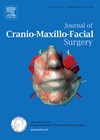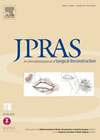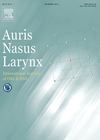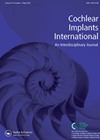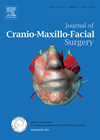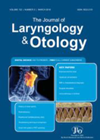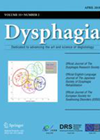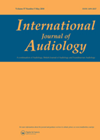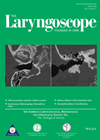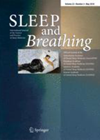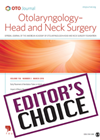
Journal Reviews
Occlusal splint, injections or arthrocentesis in myofascial pain
Facial pain is a fairly common complaint and may present in a myriad of symptoms. These patients present to both dentists and general practitioners and could end up referred to a number of specialists. Temporomandibular disorders may originate from either...
Are ENT surgeons better placed to perform cosmetic ear, nasal and facial procedures?
Cosmetic surgery is an essential component of plastic surgery training and is required in order to CCT. However, the training opportunities in plastic surgery in UK are limited. The current operative requirements for plastic surgery trainees are 100 procedures during...
Tinnitus in children
This is a review article about the management of tinnitus in children. In the end the authors came up with just three papers that made the grade. Maybe the most interesting finding was from Vianni in the JLO in 1989....
eSRTs versus eCAP: Which is better?
Electrically evoked compound action potentials (eCAP) and electrically evoked stapedius reflex threshold (eSRT) techniques were compared to establish how well the two techniques correlated and which yielded quicker results in a group of paediatric cochlear implant (CI) users. This team...
Modified subciliary approach to the orbital floor
Fractures involving the lateral midface and orbital floor are routinely treated by maxillofacial surgeons. The surgical management requires access to the facial skeleton to reposition and free the soft tissues. There are three main approaches to the orbital floor: infraorbital;...
A review of significant issues in the management of obstructive sleep apnoea in children
There are considerable variations in the management of obstructive sleep apnoea in children and this suggests a need for more research and evidence-based information. In this review article, the authors address four key issues. Literature compares tonsillectomy with tonsillotomy, the...
Grading dysphagia as a toxicity in treating head and neck cancer
Common Terminology Criteria for Adverse Events (CTCAE) is a system used by clinicians to grade the toxicity of oncology treatments in a standardised manner. Dysphagia is perhaps the most common long-term toxicity of head and neck cancer treatment. Currently, a...
Tinnitus association with psychiatric and personality disorders
Tinnitus attracts large interest among researchers all over the world due to its negative psychological side-effects. This study aimed at investigating lifetime and current prevalence of psychiatric and personality disorders in patients with long-lasting and distressing tinnitus. Participants included 49...
CBT for tinnitus and hyperacusis
Finding an efficient treatment for tinnitus attracts the interest of researchers worldwide. Cognitive behavioural therapy (CBT) is one of the widely researched methods used in tinnitus management. The aim of this study was to investigate what proportion of patients complete...
Postoperative radiation in early stage oropharyngeal squamous cell cancer (OPSCC)
There is significant variation in treatment strategies for OPSCC between units. This is largely due to unanswered questions which continue to exist beyond the published literature. We know that human papilloma virus status has a significant influence on prognosis but...
Does CPAP help diabetes?
This meta-analysis and review of the literature examines the long-held belief that CPAP treatment improves glucose levels in patients with OSA. As usual in these cases, thousands of articles were initially flagged up in the search with only six RCTs...
What to do with incidental findings on FDG PET/CT?
18F-fluoro-deoxy-glucose positron emission tomography/computed tomography (FDG PET/CT) is commonly used in head and neck cancer staging. This investigation frequently identifies incidental findings unrelated to the index head and neck cancer. To assess the nature of these incidental findings, notes of...

